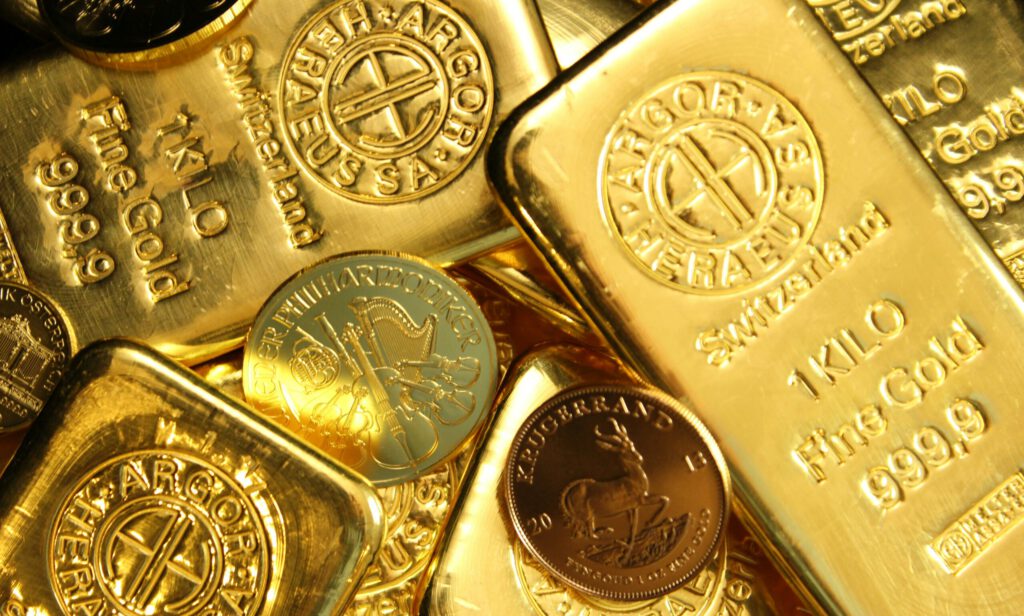
The price of gold currently knows practically only one direction. Three effects are contributing to the precious metal.
Gold is currently in greater demand than ever before.
This is having an impact on the price, which has risen to 86,300 dollars for one kilogram and 2,700 dollars for one ounce.
Growth of 60 percent
At the beginning of 2023, the price of gold was still around 1,800 dollars per ounce.
By the end of 2023, the precious metal had risen by around 13 percent to 2,060 dollars per ounce. At the end of 2019, the Federal Tax Administration (FTA) stated the value of gold at 1,523 dollars per ounce.
In Swiss francs, the increase from 1,475 francs per ounce in 2019 was 2,331 francs, which represents an increase of 60 percent.
Central banks and the Middle East
Recently, three effects have led to this upward trend. Firstly, central banks demanded a lot of gold, as muula.ch already reported on the basis of data from the World Gold Council.
The second effect is due to the current crises in the world.
The escalation in the Middle East, for example, is leading to increased demand in many places for the precious metal, which is considered to be safe, causing the price to rise.
Falling comparative values
And last – but not least – the interest rate cuts are leading to an increase in the price of gold, as this reduces the opportunity costs.
It is well known that gold does not provide a return, like a dividend from a share. In this respect, the purchase results in a lost return.
If interest rates fall, the lost profit for investors is also reduced, which makes the asset class more attractive.
The three effects – high demand from central banks due to geopolitical risks as well as lower opportunity costs – contribute to the gigantic increase in the price of gold.
17.10.2024/kut./ena.





